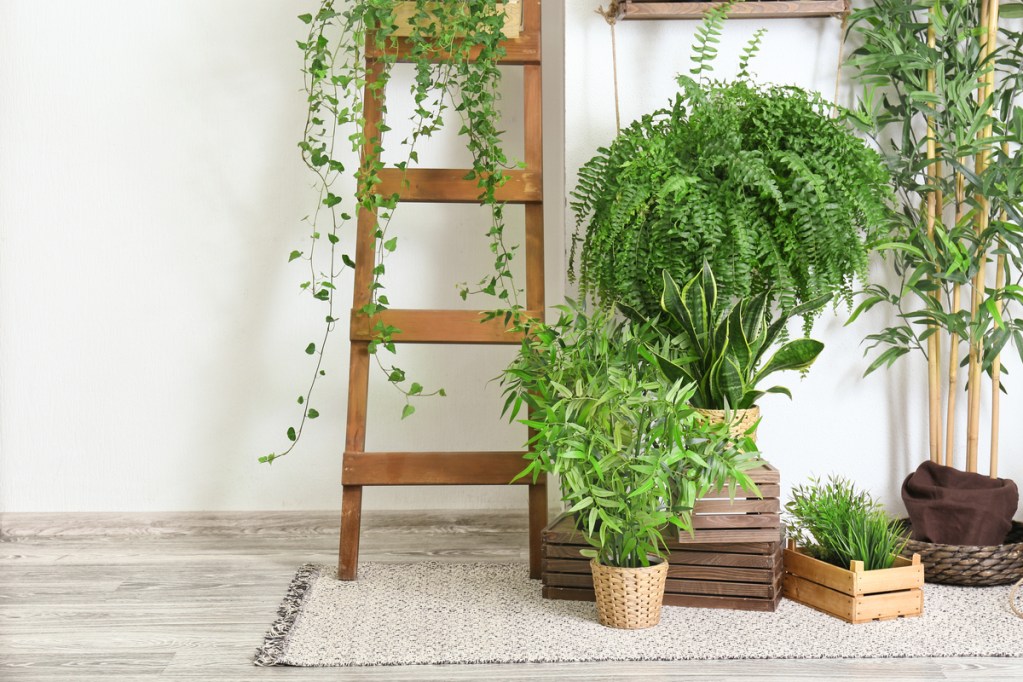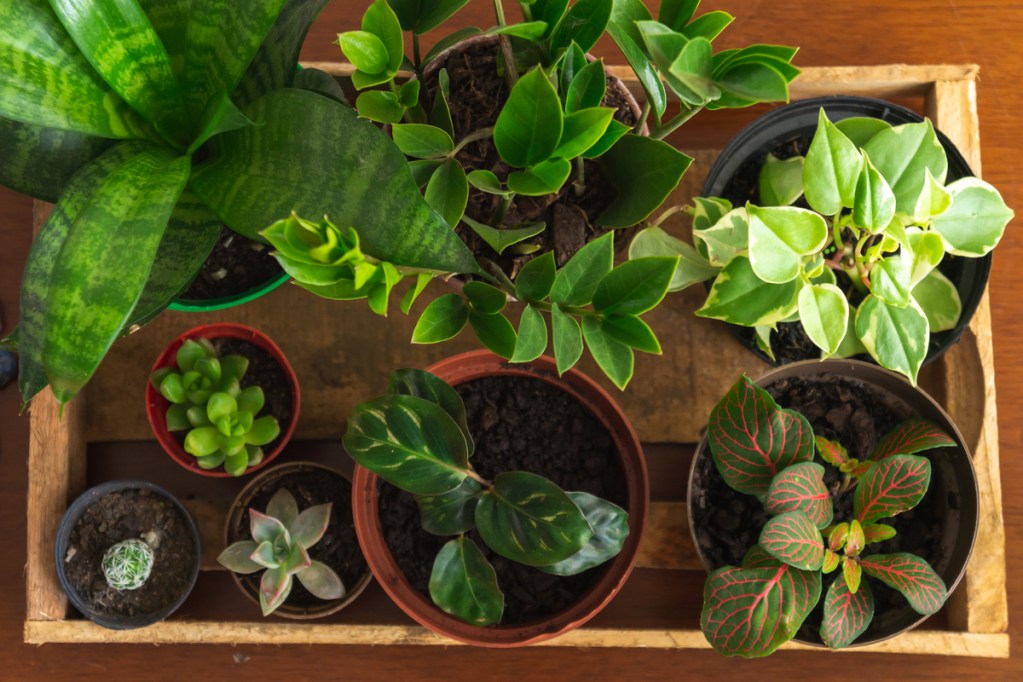Exotic plants are gorgeous and unique, often having patterns, colors, and shapes that more common plants lack. However, being exotic also means they can be tricky to find. Sometimes, you may come across a coveted plant by chance as you browse the farmers market or your local nursery.
Even if your local nurseries and markets carry some exotic plants, it’s typically a limited selection. So where should you look when you’re itching for showier, more unusual exotic plants? From Hirt’s Gardens to Steve’s Leaves, here are the most reputable sites to find exotic indoor plants online to get that special houseplant fix.
What to look for when choosing an online store

If you’ve done much shopping online, you’re probably already aware that not every online store is what it appears to be. While the stores on this list are reputable and respectable, there are plenty of scammers on the internet looking to take advantage of shoppers. If you want to find stores outside this list, here are potential red flags to look out for.
Check for obvious errors on the store’s page. Everybody makes mistakes from time to time, but if basic information about the plants is missing, misspelled, or incorrect, then that’s a red flag. Information about the business should be easy to find and access, including reviews, contact information, and any guarantees or return policies they offer.
Be on the lookout for deals that are too good to be true. Low prices and sales are tempting, and most legitimate businesses offer them as well. However, it becomes a red flag when the prices are too low to the point that you wonder how they could even be staying in business, especially if they’re paired with outrageous claims about how amazing the product is.
Asking for unusual payment methods or information is also a red flag. Most stores will ask for a credit or debit card, and some stores that aren’t entirely online may offer the option to pay in cash or check if you come pick your order up in person. However, if an online-only store asks you to pay with a check or cash mailed to them, a money order, bank details, gift cards, crypto, or other unusual payment methods, that’s a red flag.
Finally, trust your gut. If something about a site feels wrong, even if you can’t quite figure out what it is, then it’s better to be safe than sorry.
Hirt’s Gardens

One of Ohio’s oldest horticultural establishments, Hirt’s Gardens is a solid site for sourcing exotic houseplants. Their collection doesn’t necessarily consist of exceedingly hard-to-find plants, but you will find less common gems that are more exciting than what you’d find at a big-box garden center. In addition to everyday jade plants and snake plants, you’ll also find varieties such as silver squill and hybrid goldfish plants. Just keep in mind that their inventory switches up often, so you’ll want to check in with their selection from time to time.
If you’ve always wanted to try growing a plant without committing to a large one, Hirt’s two- to three-inch plants are very reasonably priced, many of them costing under $10.
Logee’s

Based in Connecticut, Logee’s is one of the most respected plant retailers out there, and their collection is definitely worth checking out. Browse their “Rare” and “Indoor” selections for exotic houseplants. Although you might see typical plants such as philodendrons and lipstick plants, you’ll discover splashier examples of them, such as the philodendron brandtianum and black pagoda lipstick plant. Logee’s is also great for hoya collectors, so keep an eye out for those beautiful wax plants, too. Bonus: Logee’s product descriptions contain a bevy of specific plant care information, so you’ll never be lost on how to nourish your new plant.
Logee’s prices are relatively affordable compared to trendier sites, with unique plant varieties in four-inch planters for around $20. Since their prices are somewhat lower than other competitors, you may want to sign up for restock notifications, as they occasionally run out of stock.
Steve’s Leaves

Based in Texas, Steve’s Leaves is a favorite among YouTube plant experts such as Nick Pileggi and Summer Rayne Oakes. You’ll be able to find your standard tradescantia zebrinas and monstera deliciosas in Steve’s Leaves’ extensive collection (they grow over a thousand varieties in their greenhouse!), but you can also discover a gamut of unique hoyas and begonias.
Though it has the occasional triple-digit variety, this fan-favorite online plant shop sells many plants in the under $20 range. Like Logee’s, Steve’s Leaves also offers waitlist sign-ups for out-of-stock plants. If you’re interested in sourcing incredibly uncommon plants, Steve’s Leaves also features an “Auction” tab where you can bid on picks such as the highly sought-out monstera albos.
Gabriella Plants

A third-generation family business, Gabriella Plants is another favorite among houseplant enthusiasts. Their site is a stellar stop if you’ve been keeping your eye on those trendy exotic houseplants on Instagram, such as less available varieties of hoyas, alocasias, and philodendrons. Gabriella Plants also puts its plants on sale often, so you can usually pick up houseplants such as the philodendron Birkin and ficus altissima for under $15.
During colder weather in your region, you may want to consider buying your plants with their $6 winter insurance plan—this ensures that your plant comes with a heat pack, and if it arrives damaged, you’ll get a full refund or a new plant without charge.
Other places: Etsy, Instagram, and Facebook

Sometimes you’ll find that Etsy offers the best prices on the plants you’ve always wanted. But are these sellers legitimate? With Etsy, check out reviews and message sellers with any questions you might have. With Instagram and Facebook, you may have to rely more on word of mouth. Before you make any payments, research the seller’s reputation and see if anyone has bought plants from them before. With luck, you may come across a local Facebook plant group where members are willing to initiate plant trades or share cuttings of exotic houseplants.
Exotic houseplants can be gorgeous, but you may not always find them in your local big-box stores. While ordering plants over the Internet may be risky, it’s not always a bust, and you can source some gems out there on reputable online plant shops! Add careful research with some patience and luck, and you’ll find yourself one step closer to acquiring that plant that’s been on your wishlist forever.




